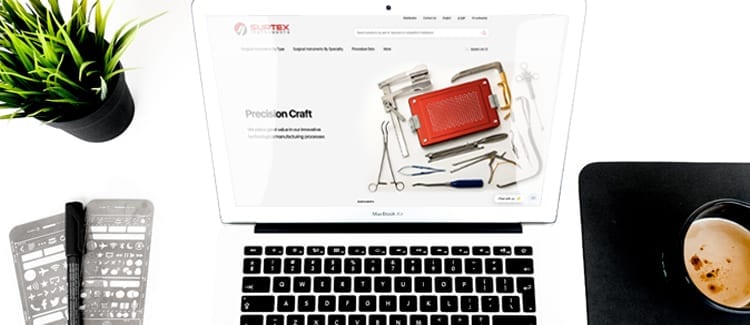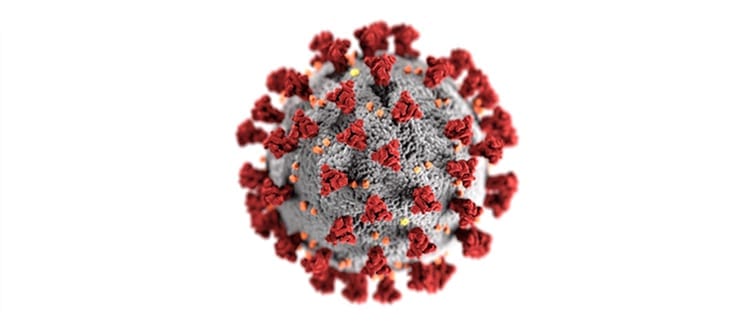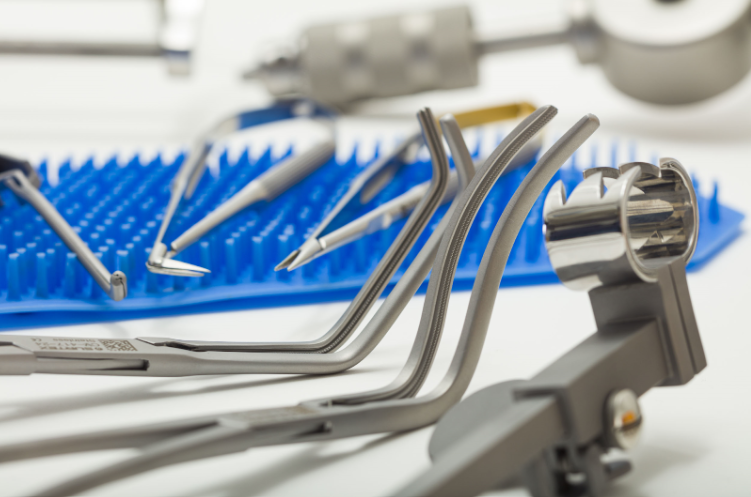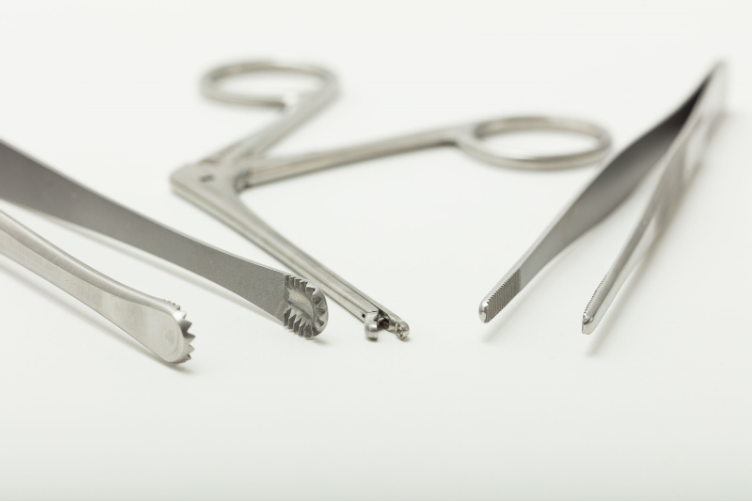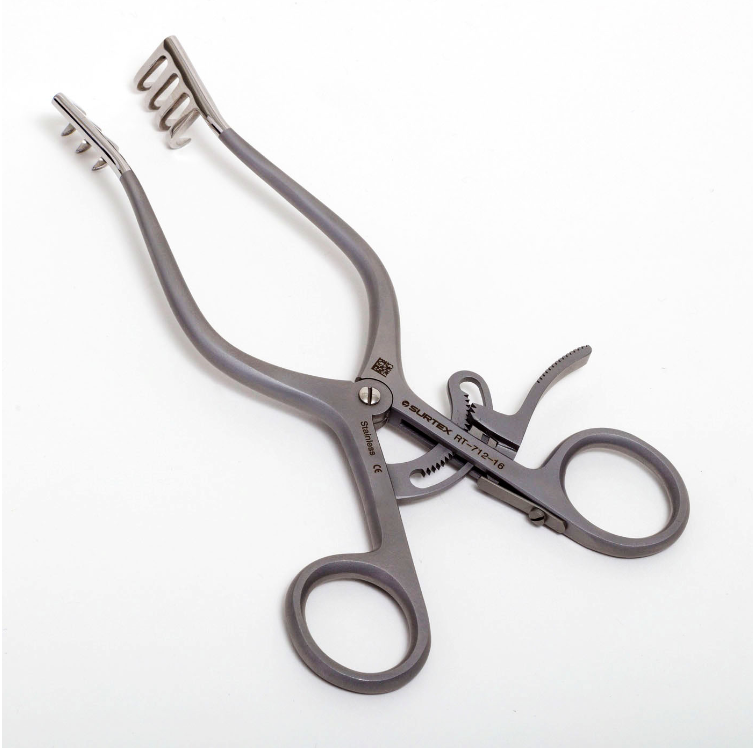Biopsy Punches & Their Critical Application In Surgery
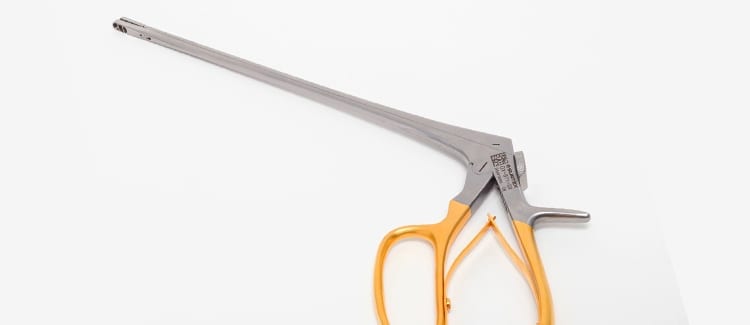
A punch biopsy is a minimally invasive diagnostic or surgical procedure performed with the goal of obtaining a tissue sample for the purpose of microscopic examination or, less commonly, removal of certain tissue parts.
Biopsy punches, as they are often referred to, are one of several skin tissue biopsy techniques currently in use in modern medicine, the other ones being: incisional biopsy, excisional biopsy, shave biopsy, curettage biopsy, saucerization biopsy and needle aspiration biopsy or fine needle aspirate.
This biopsy technique is most often used in dermatology as a diagnostic method. The sample is collected from the patient under local anesthesia and sent to the pathologist for microscopic examination. Samples collected using biopsy punches can be very helpful when decision is being made about a proper treatment for number of conditions ranging from different infections and inflammation types to cancer. Some unwanted or cosmetically unacceptable skin lesions, small tattoos, corns, acne, nail tumors, etc. can be completely removed using biopsy punches.
So, how exactly are biopsy punches performed? A small, usually round or elliptical shape, sample of tissue is extracted using a circular blade mounted on a handle roughly resembling a pencil. Also, some other punch biopsy instruments can be in the form of biopsy forceps, like in the case of cervical biopsy punches. The size of the sample varies from 0.5 to 10 millimeters in diameter, while the thickness can be anywhere from 1 mm (cosmetic procedures) to 4mm (inflammatory skin conditions).
Instruments used for biopsy punches can be reusable, disposable or automated and they can also be hand held or hand-machine mounted, the so called power punches. All of these can be used for diagnostic, cosmetic and therapeutic purposes.
Biopsy punches are considered to be a simple diagnostic or surgical procedure and for this reason they are often performed by physicians. The infection risk is very low with this procedure while the bleeding is minimal and the incision rarely requires suturing. All of this makes biopsy punches the most useful of all biopsy techniques.
Diagnostic use
As it was mentioned before, biopsy punches are used for collecting tissue samples intended for histology examination. Skin tissue samples as well as nail and mucous membrane tissue samples can be collected using biopsy punches but in combination with some other biopsy techniques, such as needle aspiration biopsy, samples of solid organs tumor tissues can be obtained as well, for example in the case of breast tumors.
Biopsy punches are commonly used for diagnosis of abnormal tissue developments in the cervix or cervix cancer. This procedure is known as cervical biopsy punches and it enables collection of one or more cervical tissue samples with the use of instruments such as, Gellhorn Biopsy Forceps, Kevorkian Biopsy Forceps, Tischler Morgan Biopsy Forceps, Tischler Baby Biopsy Forceps etc. When a biopsy sample is taken with a punch biopsy forceps it is essential to ensure the tip has a sharp and perfectly aligned cutting edge. This would result in a traumatic cut for the patient and minimize discomfort. Surtex Instruments Cervical Biopsy Punches are considered the industry leading standard for precision and reliability by surgeons worldwide.
Quality and usability of tissue samples collected through the application of diagnostic punch surgery can also be enhanced by deploying different techniques of harvesting the samples.
For example, the split-punch technique enables for the sample to remain undamaged, when the division of it is necessary for different examinations.
Double-trephine punch biopsy is a technique used for collecting samples of subcutaneous tissue without making large excisions of the above tissue layers. This is done by using two punches of different diameter, with the second, smaller punch being deployed in the center of the larger initial punch to obtain the deeper, subcutaneous tissue sample.
In the case when the dissection of tissue samples is undesirable, “the string of beads” punch biopsy technique is used with the string of small neighboring punches being made to provide the sample.
Biopsy punches in the form of diagnostic punch surgery significantly improve diagnosis in a number of dermatological and non-dermatological (eyelid tumors, arteriosclerosis, nerve pathology, etc.) conditions.
Cosmetic use
Biopsy punches or reconstructive punch surgery is often used in cosmetic purposes for a whole variety of reasons. Good examples of this are vitiligo treatments (with the use of punch grafting), removal of moles and acne scars through punch excision, small tattoo removal, earlobe repair as well as eyelash implantation and eyebrow and hair transplant with micro-punches intended for follicular unit extraction (FUE). In liposuction, micro-punches are used to open holes for cannulas to be inserted.
When compared to other reconstructive surgical techniques available, punch surgery, when applicable, provides great results due to simplicity of procedures, low risk of complications such as infections and amazing cosmetic value (very small or non-existing scars).
Therapeutic use
Punch excisions of corns, acne, nail tumors, scrotal calcinosis, warts and cysts are some very common examples of biopsy punches being used for therapeutic purposes. Cartilage and bone pathologic tissues can also be removed using biopsy punches.
Punch grafts can be used to assist in wound healing by enhancing and speeding up the process, good example of which are non-healing ulcers. The punch grafts used for this are usually thick (3mm) and taken from a donor site (most commonly thighs and buttocks) and placed inside recipient punch holes made in the wound tissue.
All of the above mentioned diagnostic, reconstructive (cosmetic) and therapeutic uses of biopsy punches are in fact small and simple surgical procedures whose major significance is in the fact that they very effectively replace other far more invasive and complicated ones, with many of them actually being completely new and most efficient solutions for problems caused by certain medical conditions.
Join our newsletter
Specify the advantages, benefits of joining the newsletter, setting the spam rate.
